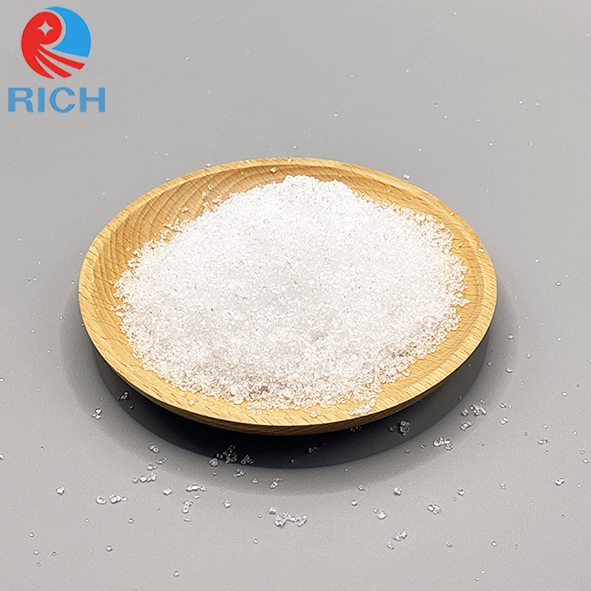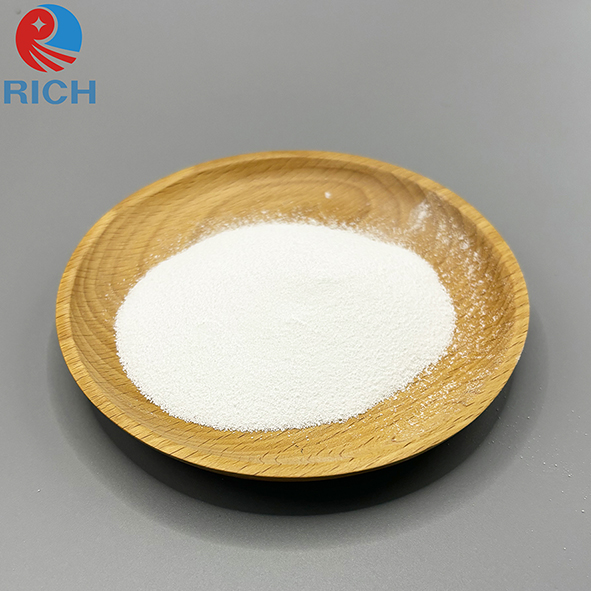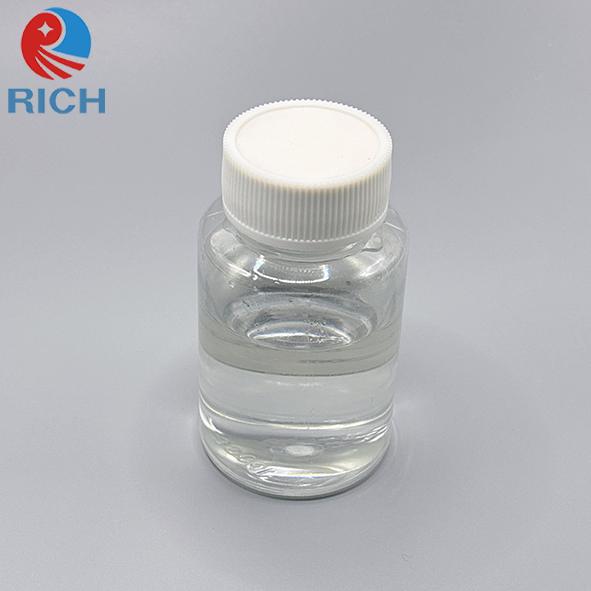Biocide THPS 75%
Tetrakis(hydroxymethyl)Phosphonium Sulfate
THPS, Tetrakis(hydroxymethyl)Phosphonium Sulfate, it is a new water treatment agent, plays an important role in the market of non oxidizing bactericides.
Package: 1400kg/IBC, 18IBCs/20'FCL
250kg/Drum, 4 drums/pallet, 80drums/20'FCL
THPS is a broad-spectrum biocide which can inhibit the growth of algae, yeasts and fungi. THPS is suitable for acid or alkaline environment, with excellent stability and easy biodegradation. It is used in many industrial fields.
Similar functional product: glutaraldehyde 50% or glutaraldehyde 25% ( it is also available for us)
For oil drilling:
THPS is particularly effective against sulfate reducing bacteria (SRB), for example, it can effectively remove FeS and H2S. which can affect the injection water treatment, top system, pipeline protection and storage for oil drilling etc.
For leather tanning:
THPS can be used directly to leather to replace chrome tannage which is very harmful to the environment.
THPS is eco-friendly, low foam, low dosage, low toxicity. It can also make leather not perishable. Treated leather with THPS, it can stand higher temperature, around 82℃ without shrinkage.
Suggest to use THPS under 35℃, dosage: 5%, PH: 6.0, time: 15 hours
For Circulating cooling water:
Reduce bacteria and inhibit the growth of algae.
For aquaculture:
It can effectively degrade the organic waste at the bottom layer, and eliminate the phenomenon of black, stinking and heating of the bottom mud.
It can decompose the residual bait, excreta and aged algae in the water body, and significantly improve the transparency of water.
For example: When prawn appears yellow gill, black spot, muscle white turbidity and other bacterial diseases, it has good therapeutic effect
For Paper-making:
THPS is more effective than glutaraldehyde in killing bacteria which produce catalase, it is very important especially for recycled paper.
THPS can also be used to improve the whiteness of paper, the function is similar to Sodium bisulfite.
#Tetrakis(hydroxymethyl)Phosphonium Sulfate, # тетрагидроксиметилсульфат фосфора, #Sulfato de Fosfonio tetrahidroximetilo, #كبريتات رباعي الهيدروكسي ميثيل الفوسفونيوم
Need more information pls contact by email: amy@shrichgroup.com, wechat/whatsapp: 0086 15900587021

Recommended Posts
-
the overseas team including their boss, technical engineer and purchase manager visited our Phosphates factory which mainly manufacture Yellow phosphorous, sodium hypophosphite (SHPP), Tetrakis Hydroxmethyl phosphonium sulphate (THPS), Tetrakis Hydroxmethyl phosphonium Chloride (THPC), Tetrakis Hydroxmethyl phosphonium Chloride -Urea(THPC-U), etc.
-
Sodium tripolyphosphate serves as a highly important additive in ceramic production, with its role extending far beyond a single function. Through its unique chemical properties, it effectively operates in multiple critical stages, significantly improving both the production process and the performance of the final product. As a long-proven and highly effective ceramic additive, the following outlines its main functions, mechanisms, and considerations: Core Functions & Mechanisms 1. As an Efficient Dewatering Agent and Dispersant This is the most important and widespread application of STPP in ceramic manufacturing. Mechanism of Action: Clay particles in ceramic slurries typically carry a negative charge but tend to attract each other, forming a "flocculated" structure that traps a large amount of free water. This leads to poor slurry fluidity and h...
-
In today's highly competitive food industry, a product's texture, appearance, and stability are critical to market success. Consumers demand not just great taste, but also a satisfyingly springy and juicy mouthfeel in meats, a smooth and creamy consistency in dairy, and sparkling, premium quality. How can you precisely control these core attributes? The answer lies in a modern food ingredient solution: Blend Phosphate, which is also called as compound phosphate or mixed phosphate. What are Blend Phosphate? Blend Phosphate is not a single chemical substance. Instead, they are composite food additives made from a scientific blend of various food-grade phosphates (such as Sodium Tripolyphosphate - STPP, Sodium Acid Pyrophosphate - SAPP, and Sodium Hexametaphosphate - SHMP). This concept of "synergistic effect" means their functionality far surp...














